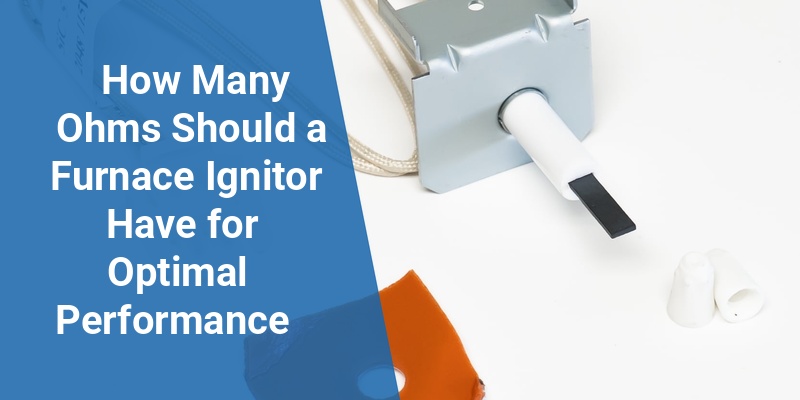A furnace ignitor plays a critical role in ensuring the reliable startup of your heating system. A common question among homeowners and HVAC technicians alike is, how many ohms should a furnace ignitor have to operate correctly. This measurement helps determine whether the ignitor is functioning properly or needs replacement. Understanding the typical resistance range in ohms is vital for accurate diagnosis and maintenance.
| Furnace Ignitor Type | Typical Resistance Range (Ohms) | Notes |
|---|---|---|
| Silicon Carbide (SiC) Ignitor | 40 – 100 Ohms | Common in older furnaces, resistance varies significantly with temperature |
| Silicon Nitride (Si3N4) Ignitor | 40 – 60 Ohms | More durable and reliable, commonly used in modern models |
What Is a Furnace Ignitor and Why Is Resistance Important?
A furnace ignitor is an electrical component that heats up to ignite the furnace’s gas burner. It replaces the traditional pilot light in most modern furnaces. The ignitor typically consists of a ceramic element that heats when current passes through it. Monitoring the electrical resistance in ohms is crucial because it indicates the health and functionality of the ignitor.
Resistance measurements assist technicians in diagnosing faults. If the resistance reading falls outside the expected range, it usually signals that the ignitor is cracked, damaged, or failing. Over time, exposure to heat causes material degradation, increasing resistance or causing a complete circuit break.
Typical Resistance Values for Different Types of Furnace Ignitors
Silicon Carbide Ignitors
Silicon carbide ignitors were widely used before the introduction of silicon nitride models. Generally, these ignitors show a resistance of around 40 to 100 ohms. Their resistance varies with temperature, so measurements should be taken at room temperature for accuracy. A reading significantly outside this range indicates potential failure.
Silicon Nitride Ignitors
The newer and more robust silicon nitride ignitors typically exhibit a resistance range of 40 to 60 ohms at room temperature. These ignitors have better heat resistance and a longer lifespan. Testing resistance outside the specified range usually points to an ignitor needing replacement due to cracks or internal damage.
How to Test Furnace Ignitor Resistance with a Multimeter
- Turn off the furnace power: Always disconnect power to ensure safety before beginning any electrical testing.
- Locate the ignitor: Refer to your furnace manual to find the ignitor location, typically near the burner assembly.
- Disconnect the ignitor wires: Gently remove the ignitor from the circuit to isolate it for accurate testing.
- Set your multimeter to ohms: Use the lowest resistance setting for precision.
- Measure across the ignitor leads: Place multimeter probes on each ignitor lead and note the resistance.
- Compare your reading with typical values: If resistance is too high, too low, or infinite, the ignitor is likely defective.
Causes of Abnormal Resistance in Furnace Ignitors
Several factors can cause a furnace ignitor’s resistance to deviate from normal ranges. Thermal stress from repeated heating and cooling cycles is a key contributor to ignitor wear. Cracks formed in the ceramic material interrupt the electrical pathway, causing resistance to increase or become infinite.
Additionally, contamination from soot, dust, or moisture can impact electrical readings. Corrosion or damaged wiring connectors may also give false resistance measurements, so technicians should always inspect connections during testing.
Call 888-906-9139 for Free Local HVAC Quotes – No Obligation, Just Savings!
Signs Your Furnace Ignitor May Need Replacement
- Ignitor fails to glow or glow dimly during furnace startup
- Multimeter resistance readings fall outside the typical 40-100 ohms range
- Frequent furnace startup failures or delays
- Visible cracks or damage on the ignitor surface
- Sparking noises or furnace
